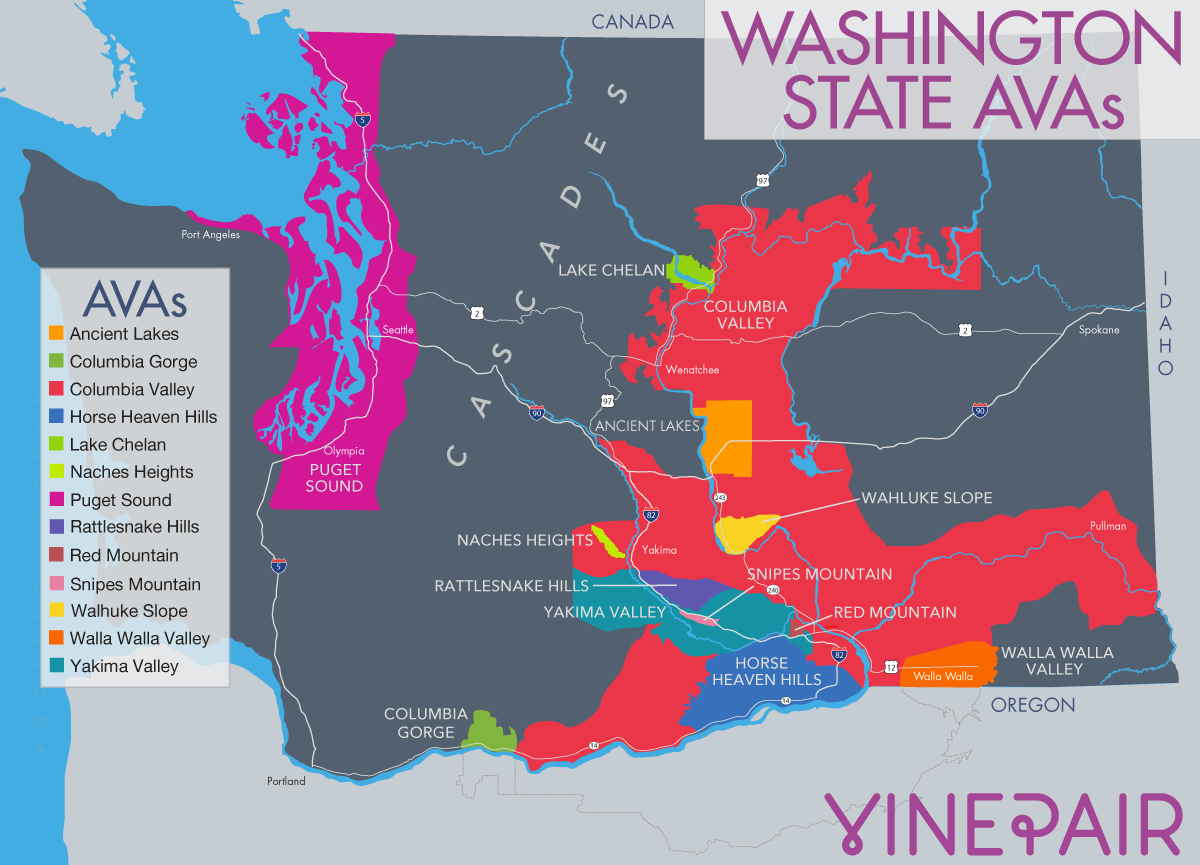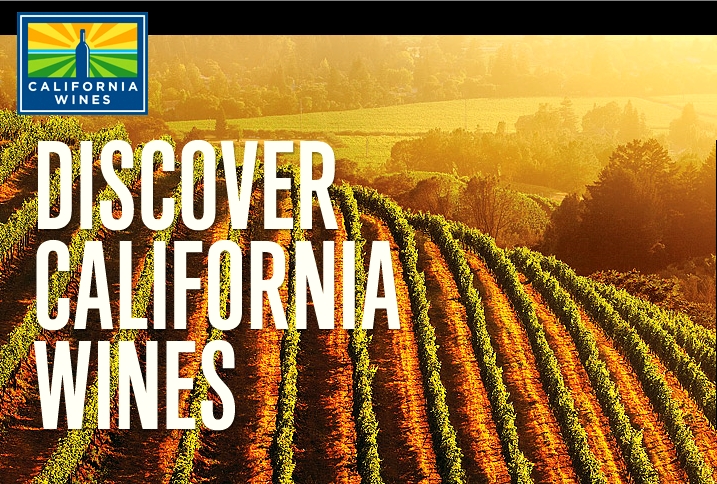Argentina; Not just for Gaucho's Anymore
When I think about Argentina, I generally think about steak. There is more to Argentina than Medium Rare, well aged beef. Be back in a moment, just drooled on my shirt. Talk amongst yourselves.
Ok, I am back. So as I was saying, the steak is great don't get me wrong, but where there is great food, there is usually really good wine. Argentina is no exception. Too hot you might think, but what you will find is that while hot in the valley, most of Argentina's wineries are on mountains. Also, the further south you travel (Remember Southern Hemisphere) the cooler the climate becomes. Patagonia can be outright cold with snow and everything. Back to the vines on the mountains, their lofty perches allow the grapes to overlook the parts of the country that are hot and dry, , but they also temper the climate quite nicely allowing for the perfect growing conditions for many types of wine.
In addition to the high altitudes, Argentina has a few other variables that lend to its happy grapes. Most of the vineyards are planted in the Andes Mountains on the West coast of the country. These are remote vineyards that allow the grapes to be grown far from big cities. This allows for pristine, pure spots with little pollution to disturb the country's happy vines. Additionally, due to sandy, high altitude soils, many of the vines are on their own rootstock. There is SOME Phylloxera in Argentina, but in most of the vineyards, it is not an issue do to both the altitude and the soil composition. Finally, a rain shadow as well as high winds called Zonda. Both of these factors allow for a appropriate struggling of the grapes. Finally, a water supply that can be controlled through irrigation from the snowy mountains mitigates the risk of having too little water. It is no wonder then that Argentina is a growing, developing, and improving wine region. Already, they are the 5th largest producer of wine in the world.
Wine was brought to the region by the Spanish conquistadors in the 1500s. In addition to needing grapes for the church, the conquistadors also wanted the wine because... they liked drinking it. The first grapes planted were Criolla aka Pais or the Mission Grape. This was the wine produced in large part by missionary types for the church. In the 1800s there was an expansion and with it came more vineyards and more grape varieties. There is a huge domestic market, as Argintinians drink a lot of wine, so exportation came later.
A couple of rules. If you see a wine that is listed as a varietal wine on the label, it must contain 80% or more of that grape. For a region to be listed on the label, 85% of the grapes must have come from that region. Reserva wines have been aged at least 6 months for white and 1 year for reds. Gran Reserva wines must be aged one year for whites, and at least 2 years for reds. They also limit yields in the vineyards as part of this designation. The reserve option has only be available since 2008.
Malbec, Bonarda, Cabernet Sauvignon, Syrah, Merlot and Tempranillo are the most important red grapes, while Pedro Ximenez (Not of Sherry Fame) is the most widely planted white grape. Looking to the future, Malbec will be the red that will drive the success of the wine industry in Argentina, as well as a white grape called Torrontes. Torrontes, a cross between Muscat of Alexandria and Criolla Chica. is a white grape that makes some powerful white wines. There are three varieties and the most important is Torrontes Riojano. They are extremely fragrant and often have a fruity front end with a great back end acidity.
In the domestic market, pink-skinned varieties including Cereza, Criolla Chica and Criola Grande make up 30 percent of the total vineyard space.
Malbec (Also called Cot in France) makes a dark in color, powerful red wine that is currently the most important grape in Argentina. For quality wine, there is more Malbec planted in Argentina than any other grape.
Bonarda, also called Charbono in the US is the second most planted grape after Malbec. This is a great fruity wine that gives a balanced, peppery finish. When fully ripe, these wines can be dynamic and interesting at quite a value.
Back to the map above if you are a visual learner. There are 3 main regions for wine production in Argentina. They are from North to South as follows:
1. Northwestern
2. Cuyo
3. Patagonia
More than 3/4 of the total wine production happens in Cuyo. Within its borders are La Rioja, San Juan and Mendoza. La Rioja is the northern most of the 3 provences. Torontes is the most cultivated grape followed by Malbec. While a lot of wine is produced in La Rioja, it is dwarfed by its two sisters to the south (Mendoza and San Juan). La Rioja was one of the first areas to be planted in the country. More grapes would likely be grown here, but a lack of water has slowed growth.
San Juan is known for its HOT climate which lends itself well to the production of Brandy and Vermouth. It is the second most productive region in Argentina. Most of the region produces pink-skinned grapes although Barbera and Syrah are slowly becoming a thing in the region.
Mendoza like Denver is a city that is a mile above sea level. Located in the shadow of Mount Aconcagua many vineyards are well over 2000 feet above sea level. Low rainfall is found here but the snow capped mountains allow the plants enough water. Also the sandy soil allow for good drainage and a lack of Phylloxera. Mendoza is divided into 4 regions, the North, South and Easter sectors as well as the most prised sector called the Uco Valley. Vineyards in the Uco are the highest vineyards in the world allowing the fruit to hang longer and develop wonderful balanced flavors.
Red grapes account for over half of the grapes planted in Mendoza with Malbec leading production. Maipu, and Lujan de Cuyo produce amongst the best Malbec wines in all of Mendoza. Cabernet is quickly catching up with Melbec in Mendoza as an important grape. Also grown are Chardonnay and Semillon as well as Chennin. Pink skinned grapes are also grown still accounting for a quarter of all grapes grown.
The northern most wine region in Argentina is called Northwestern. Catamarca, Jujuy and Salta are located near the equator in some of the highest vineyards on the planet. Many of the grapes have a view from almost 5000 feet above sea level. Catamarca is the most widly planted of the three regions while Salta and even more so Cafayate within Salta have a reputation worldwide for attaining great quality. Grapes that have gained the world market's attention include Torrontes Riojano as well as Cabernet Sauvignon and Tannat. Vineyards in Salta can be as many as 10,000 feet high. Because of the elevation and soils, Salta produces wines that retain high acidity and attain great balance.
Catamarca has less prestige than Salta but has more area under vine. Torrontes, Syrah and Malbec lead their production with Cabernet Sauvignon starting to gain some traction.
The furthest south growing region of Argentina is Patagonia. Patagonia is known for cool climate. White grapes such as Torrontes and Semillon do well here while red grapes like Malbec, Cabernet Sauvignon, Merlot and Pinot Noir are showing great promise as well. Bodegas Chacra, spearheaded by the family that produces Sassicaia is among the top producers in the region.
Finally Rio Negro is much cooler than Mendoza. It produces grapes at lower altitude as well with many of the vineyards being planted at 1000 ft above sea level. Chalky soils produce good drainage, and most of the grapes are white. Top planted varieties include Torrontes, Sauv Blanc, and Chardonnay. Red grapes are almost all Pinot Noir, and some sparkling wines are made in the region as well.








